Home>Gardening & Outdoor>Plant Care & Gardening Tips>How To Organize A Flower Garden
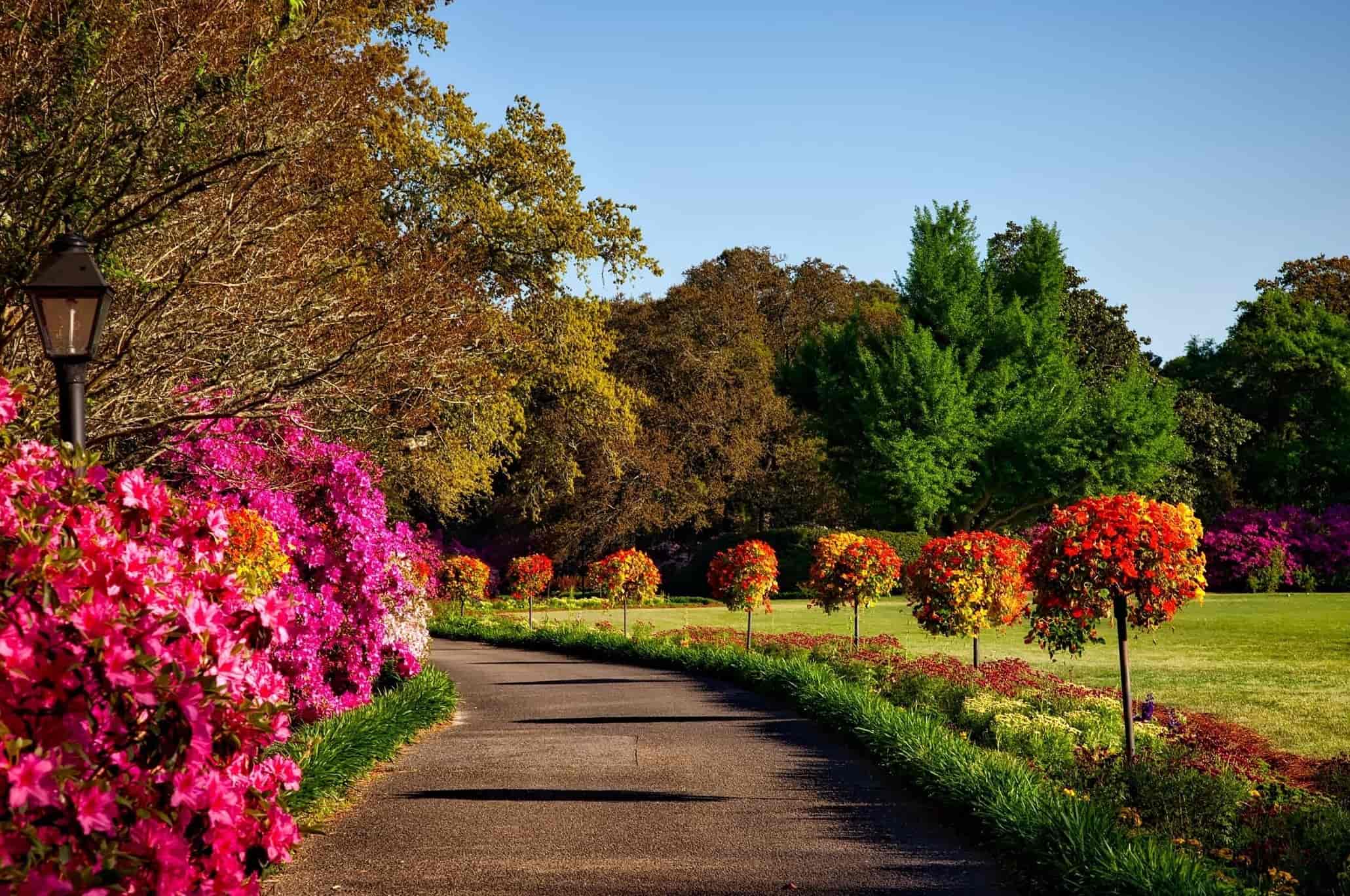

Plant Care & Gardening Tips
How To Organize A Flower Garden
Published: March 3, 2024
Discover expert tips for organizing and maintaining a beautiful flower garden with our comprehensive plant care and gardening advice. Achieve stunning results with our guidance!
(Many of the links in this article redirect to a specific reviewed product. Your purchase of these products through affiliate links helps to generate commission for Storables.com, at no extra cost. Learn more)
Choosing the Right Location for Your Flower Garden
When it comes to creating a beautiful and thriving flower garden, choosing the right location is crucial. The success of your garden largely depends on the amount of sunlight, soil quality, and drainage in the chosen area. Here are some essential tips for selecting the perfect location for your flower garden:
-
Assess Sunlight Exposure: Before you start planting, observe the sunlight patterns in your yard. Most flowering plants require at least 6 hours of sunlight per day. Choose an area that receives adequate sunlight, especially in the morning, as this helps to dry the dew on the leaves and prevents diseases.
-
Evaluate Soil Quality: The soil in your chosen location should be fertile and well-draining. Conduct a soil test to determine its pH level and nutrient content. Most flowers thrive in slightly acidic soil with a pH level between 6 and 7. If your soil is not ideal, consider amending it with organic matter such as compost or peat moss.
-
Consider Air Circulation: Good air circulation is essential for preventing fungal diseases in your flower garden. Avoid planting in areas with constant high winds, as this can damage delicate flowers. However, ensure that the location has enough airflow to prevent moisture buildup, which can lead to mold and mildew.
-
Check for Water Drainage: Excess water can be detrimental to the health of your flowers. Ensure that the chosen location has proper drainage to prevent waterlogging, which can cause root rot and other water-related issues. If the area tends to retain water, consider creating raised beds or adding organic matter to improve drainage.
-
Observe Surrounding Vegetation: Take note of the surrounding trees and plants. Large trees can compete with your flowers for water and nutrients, so avoid planting directly under their canopy. Additionally, some trees release substances that inhibit the growth of other plants, so be mindful of potential allelopathic effects.
By carefully considering these factors, you can select an optimal location for your flower garden, setting the stage for a vibrant and flourishing outdoor space.
Key Takeaways:
- Choose a sunny, well-drained spot for your flower garden, and consider soil quality, air circulation, and water drainage. Avoid planting under large trees and ensure good sunlight exposure.
- Select flowers suited to your climate, soil, and personal style. Plan for a mix of bloom times, attract pollinators, and design a balanced, visually appealing layout.
Read more: How To Design A Flower Garden
Selecting the Best Flowers for Your Garden
When it comes to selecting the best flowers for your garden, it's essential to consider factors such as climate, soil type, and personal preferences. Here are some tips to help you choose the perfect flowers for your garden:
-
Research Local Climate and Conditions: Before selecting flowers, research the climate and growing conditions in your area. Certain flowers thrive in specific climates, so it's important to choose varieties that are well-suited to your region. Consider factors such as temperature, humidity, and average rainfall to ensure the flowers you select will thrive in your garden.
-
Choose Native and Adapted Plants: Native plants are well-adapted to the local environment and often require less maintenance. They are also beneficial for local wildlife and ecosystems. Additionally, consider selecting flowers that are adapted to your specific soil type, whether it's sandy, clay-based, or loamy soil.
-
Consider Bloom Time and Duration: When selecting flowers, think about the bloom time and duration of different varieties. By choosing a mix of early, mid, and late-blooming flowers, you can ensure that your garden remains vibrant throughout the growing season. This also provides food and habitat for pollinators and beneficial insects.
-
Factor in Maintenance and Care: Some flowers require more maintenance than others. Consider your available time and willingness to care for high-maintenance plants. If you prefer low-maintenance options, look for flowers that are resilient and require minimal attention once established.
-
Personal Preferences and Aesthetic Appeal: Ultimately, your flower garden should reflect your personal style and aesthetic preferences. Consider the colors, shapes, and fragrances that appeal to you. Whether you prefer a wild, cottage garden look or a more formal, structured design, choose flowers that align with your vision for the space.
-
Attract Pollinators and Wildlife: Select flowers that attract pollinators such as bees, butterflies, and hummingbirds. These beneficial insects play a crucial role in pollination and contribute to a healthy ecosystem. By choosing pollinator-friendly flowers, you can create a welcoming habitat for wildlife in your garden.
By carefully considering these factors, you can select a diverse and harmonious mix of flowers that will thrive in your garden, creating a visually stunning and ecologically beneficial outdoor space.
Designing Your Flower Garden Layout
Designing the layout of your flower garden is an exciting and creative process that allows you to envision the overall look and feel of your outdoor space. Here are some essential steps to consider when designing the layout of your flower garden:
-
Assess Available Space: Begin by assessing the available space for your flower garden. Take measurements and note any existing features such as trees, shrubs, or structures that will influence the layout. Consider the overall shape and size of the area as well as any potential obstacles or focal points.
-
Define Garden Zones: Divide the space into different zones based on factors such as sunlight exposure, soil type, and water availability. This can help you determine where to plant different types of flowers based on their specific needs. For example, create a sunny zone for sun-loving flowers and a shaded zone for those that thrive in low light conditions.
-
Create Pathways and Borders: Plan the pathways and borders within your garden to provide access and structure. Consider using materials such as gravel, stepping stones, or mulch to define pathways and separate different planting areas. Borders can be created using low hedges, decorative edging, or flowering plants to add visual interest.
-
Consider Plant Heights and Spacing: When designing the layout, consider the heights and spacing of the plants to create visual appeal and balance. Taller plants can be placed at the back or center of the garden, while shorter varieties can be positioned towards the front or edges. Pay attention to the mature size of each plant to avoid overcrowding.
-
Incorporate Focal Points: Introduce focal points such as a decorative fountain, sculpture, or a striking plant specimen to add interest and draw the eye. Focal points can serve as visual anchors within the garden and create a sense of cohesion. They also provide opportunities for creative expression and personalization.
-
Utilize Color and Texture: Plan the arrangement of flowers based on their colors, textures, and blooming seasons. Consider creating color-themed sections or incorporating a mix of complementary and contrasting hues for visual impact. Additionally, vary the textures of the foliage and flowers to add depth and dimension to the garden.
-
Balance Symmetry and Asymmetry: Strive for a balance between symmetry and asymmetry in your garden layout. Symmetrical designs can create a formal and structured look, while asymmetrical arrangements offer a more natural and relaxed feel. Experiment with different layouts to find a balance that suits your preferences.
By carefully considering these steps, you can design a thoughtfully organized and visually appealing layout for your flower garden, creating a harmonious and inviting outdoor sanctuary.
Preparing the Soil for Planting
Preparing the soil for planting is a crucial step in establishing a healthy and thriving flower garden. Proper soil preparation provides the foundation for strong root development, nutrient uptake, and overall plant growth. Here are the essential steps to prepare the soil for planting in your flower garden:
-
Clear the Area: Begin by clearing the planting area of any debris, weeds, rocks, or other obstructions. Remove any existing vegetation and ensure the soil surface is clean and free from obstacles that may impede plant growth.
-
Test the Soil: Conduct a soil test to assess its pH level and nutrient content. Soil testing kits are readily available at garden centers and provide valuable insights into the soil's composition. Based on the test results, you can adjust the soil pH and fertility as needed.
-
Amend the Soil: If the soil test indicates a need for adjustment, amend the soil with organic matter such as compost, well-rotted manure, or peat moss. Organic matter improves soil structure, enhances drainage, and provides essential nutrients for plant growth. Work the amendments into the soil to ensure even distribution.
-
Loosen the Soil: Use a garden fork or tiller to loosen the soil to a depth of 12-18 inches. This helps break up compacted soil, improves aeration, and facilitates root penetration. Avoid working the soil when it is excessively wet, as this can lead to compaction.
-
Add Fertilizer: Based on the soil test recommendations, apply a balanced fertilizer to provide essential nutrients for plant growth. Choose a fertilizer specifically formulated for flowering plants and follow the application instructions to avoid over-fertilization.
-
Create Planting Beds: If you are creating raised beds or specific planting areas within your garden, define the borders and prepare the soil accordingly. Raised beds offer improved drainage and soil warmth, making them ideal for certain flower varieties.
-
Mulch the Soil: Apply a layer of organic mulch, such as shredded bark or straw, to the soil surface. Mulch helps conserve moisture, suppresses weed growth, and moderates soil temperature. It also gradually breaks down, enriching the soil with organic matter.
By following these steps, you can ensure that the soil in your flower garden is optimally prepared for planting, setting the stage for healthy and vigorous plant growth. Proper soil preparation contributes to the long-term success and vitality of your garden, providing a nurturing environment for your beloved flowers.
Planting and Caring for Your Flowers
Planting and caring for your flowers is a rewarding and essential aspect of maintaining a vibrant and flourishing garden. Proper planting techniques and ongoing care contribute to the health, longevity, and visual appeal of your flower garden. Here are the detailed steps for planting and caring for your flowers:
Read more: How To Plant Flower Garden
Planting Your Flowers
-
Digging Planting Holes: When planting flowers, dig holes that are slightly wider and deeper than the root ball of the plant. This provides ample space for the roots to spread and establish themselves.
-
Loosening Root Ball: Gently loosen the roots of the plant before placing it in the planting hole. This encourages the roots to grow outward into the surrounding soil.
-
Backfilling with Soil: Fill the hole with soil, ensuring that the plant is positioned at the same depth as it was in the nursery container. Firmly press the soil around the base of the plant to eliminate air pockets.
-
Watering Thoroughly: After planting, water the flowers thoroughly to settle the soil and provide essential moisture for the newly transplanted plants.
Caring for Your Flowers
-
Watering: Establish a regular watering schedule for your flowers, ensuring that they receive adequate moisture, especially during dry periods. Water at the base of the plants to avoid wetting the foliage, which can lead to disease.
-
Mulching: Apply a layer of mulch around the base of your flowers to conserve moisture, suppress weed growth, and regulate soil temperature. Organic mulches also contribute to soil health as they decompose.
-
Fertilizing: Feed your flowers with a balanced fertilizer to provide essential nutrients for healthy growth and abundant blooms. Follow the recommended application rates and timing for the specific types of flowers in your garden.
-
Deadheading: Regularly remove spent flowers by deadheading to encourage continuous blooming and prevent the plants from expending energy on seed production.
-
Pruning: Prune your flowers as needed to remove dead or damaged foliage, shape the plants, and promote new growth. Pruning also helps improve air circulation and overall plant health.
-
Pest and Disease Management: Monitor your flowers for signs of pests and diseases, and take appropriate measures to address any issues promptly. This may include using organic pest control methods or seeking professional advice for severe infestations.
-
Supporting Tall Plants: Provide support, such as stakes or trellises, for tall or vining flowers to prevent them from bending or breaking under their own weight.
By following these planting and care guidelines, you can ensure that your flowers thrive and contribute to the beauty and vitality of your garden. Regular attention and proper maintenance will reward you with a stunning display of blooms and a healthy, well-organized flower garden.
When organizing a flower garden, consider the sunlight and water needs of the plants. Place taller plants at the back and shorter ones in the front for a balanced look. Group plants with similar care requirements together for easier maintenance.
Maintaining and Organizing Your Flower Garden
Maintaining and organizing your flower garden is an ongoing process that ensures the long-term health and beauty of your outdoor space. By implementing regular maintenance tasks and strategic organization, you can create a well-managed garden that continues to thrive and delight throughout the seasons.
Regular Maintenance Tasks
-
Weeding: Regularly inspect your flower garden for weeds and promptly remove them to prevent competition for nutrients and water. Hand-pulling weeds is an effective method, and applying mulch can help suppress weed growth.
-
Watering: Monitor the moisture levels in the soil and adjust your watering schedule based on weather conditions. Deep, infrequent watering is preferable to frequent shallow watering, as it encourages deep root growth.
-
Inspecting for Pests and Diseases: Routinely check your flowers for signs of pests such as aphids, caterpillars, or fungal diseases. Early detection allows for timely intervention and prevents potential damage to your plants.
-
Mulch Renewal: Periodically replenish the mulch in your garden to maintain its effectiveness in conserving moisture and suppressing weeds. Organic mulches break down over time and may need to be topped up.
-
Fertilization: Follow a regular fertilization schedule to provide essential nutrients to your flowers. Consider using slow-release fertilizers for a steady, long-term nutrient supply.
-
Pruning and Deadheading: Trim back overgrown or leggy growth, and continue deadheading spent flowers to encourage continuous blooming. Pruning also helps maintain the shape and appearance of your plants.
Read more: How To Prepare A Garden Bed To Grow Flowers
Organizational Strategies
-
Record-Keeping: Keep a gardening journal to track the performance of different flower varieties, including bloom times, growth habits, and any issues encountered. This information can guide future planting decisions and maintenance efforts.
-
Dividing and Transplanting: Periodically divide and transplant overcrowded perennials to maintain plant health and prevent overcrowding. This also allows you to propagate and expand your garden with existing plants.
-
Seasonal Planning: Plan for seasonal changes in your garden by incorporating a mix of flowers that bloom at different times. This ensures a continuous display of color and interest throughout the year.
-
Storage and Tool Maintenance: Organize your gardening tools and supplies for easy access and proper storage. Regularly clean and maintain your tools to ensure they remain in good working condition.
-
Composting: Establish a composting system to recycle organic garden waste and kitchen scraps. Compost enriches the soil and reduces the need for chemical fertilizers.
-
Structural Maintenance: Inspect and maintain any garden structures, such as trellises, fences, or pathways, to ensure they remain functional and visually appealing.
By incorporating these maintenance tasks and organizational strategies, you can effectively manage and organize your flower garden, creating a beautiful and well-maintained outdoor oasis for you to enjoy.
Frequently Asked Questions about How To Organize A Flower Garden
Was this page helpful?
At Storables.com, we guarantee accurate and reliable information. Our content, validated by Expert Board Contributors, is crafted following stringent Editorial Policies. We're committed to providing you with well-researched, expert-backed insights for all your informational needs.

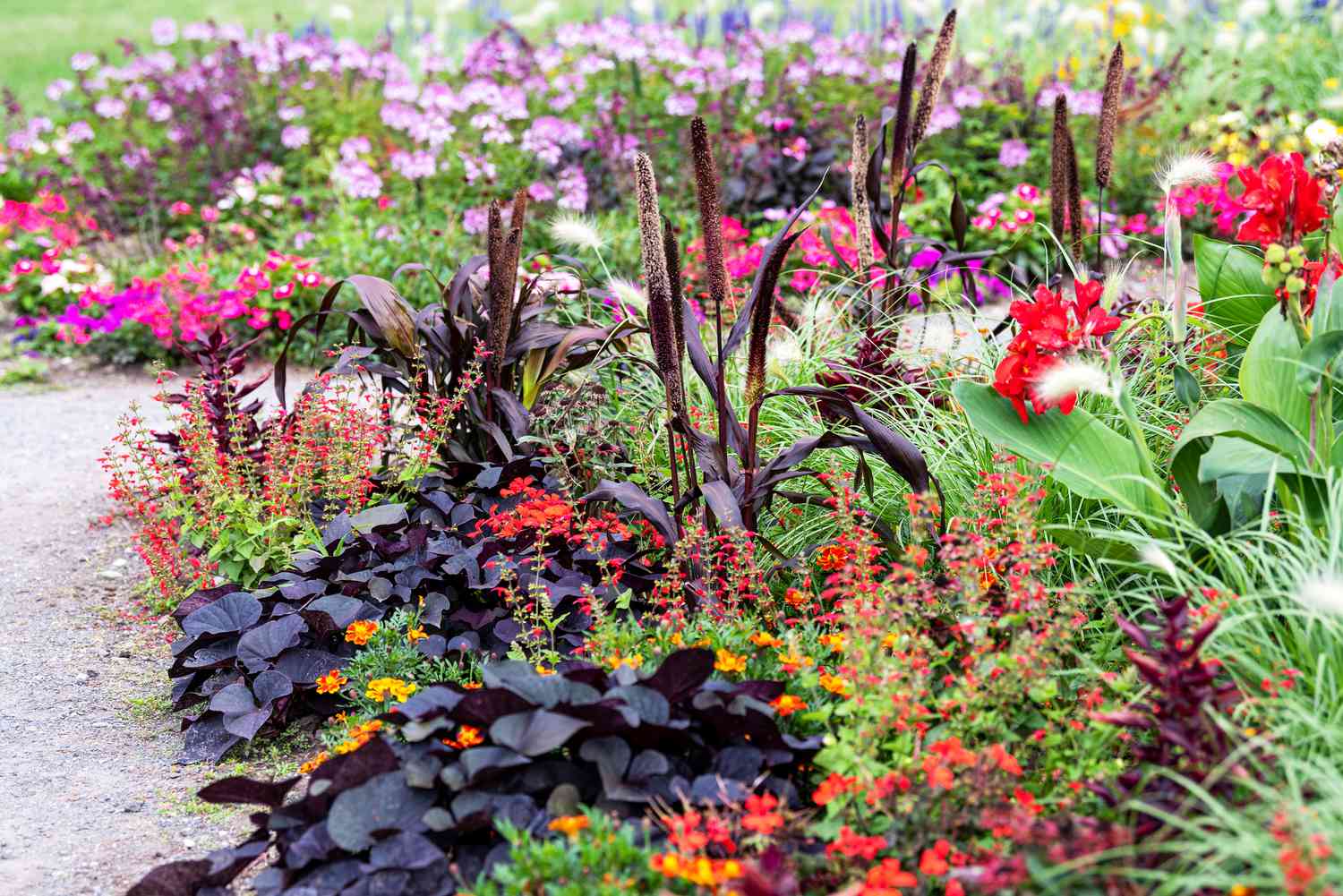
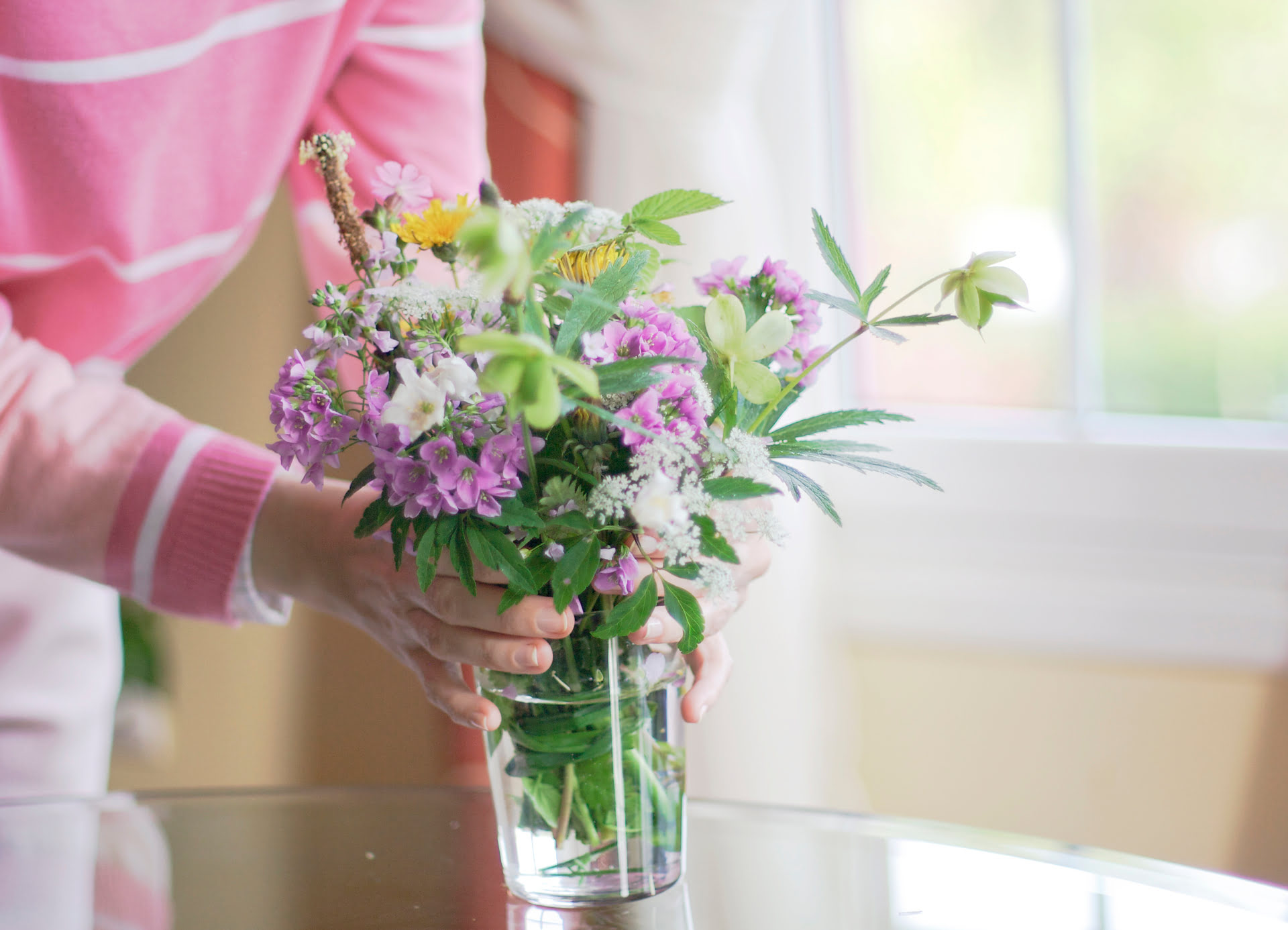
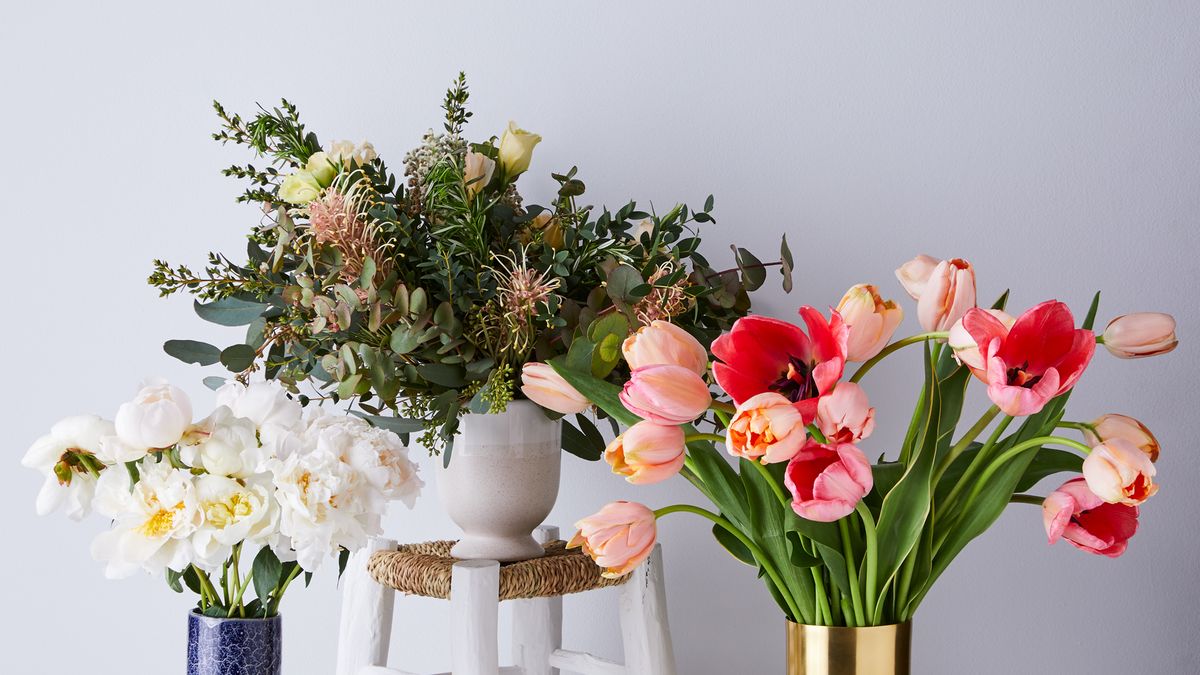

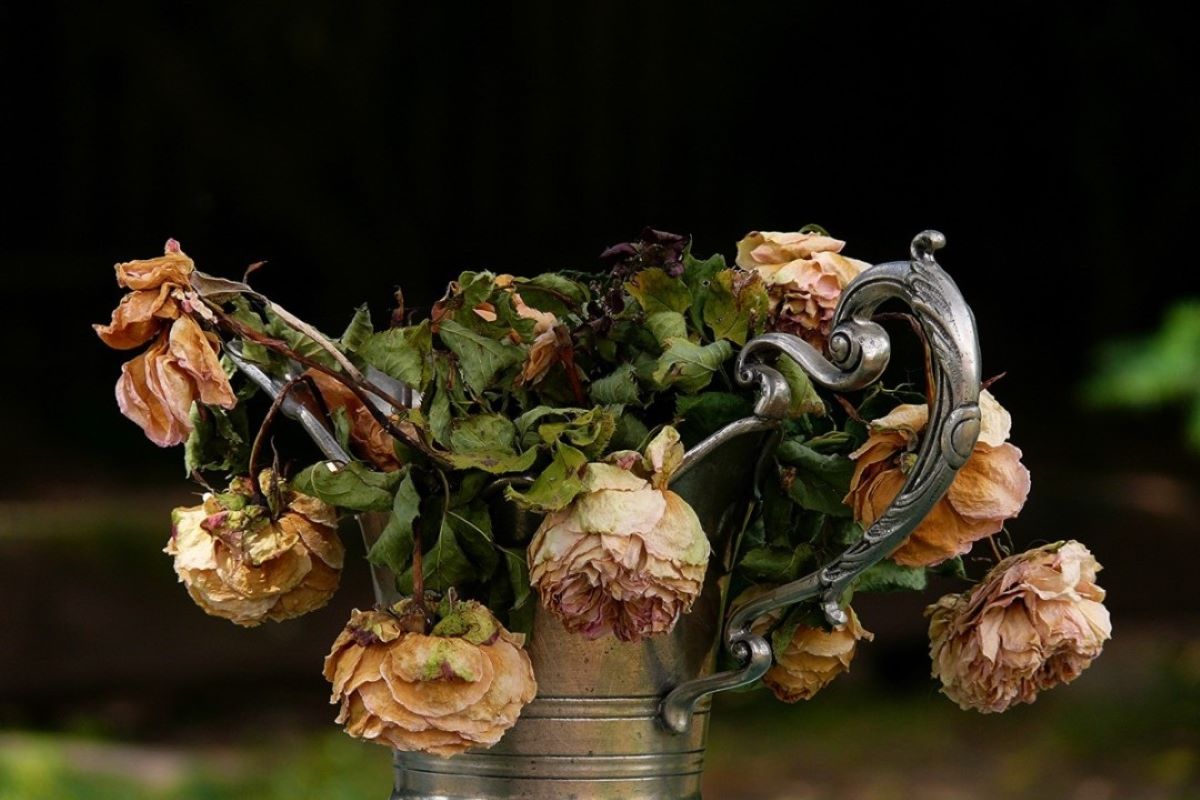

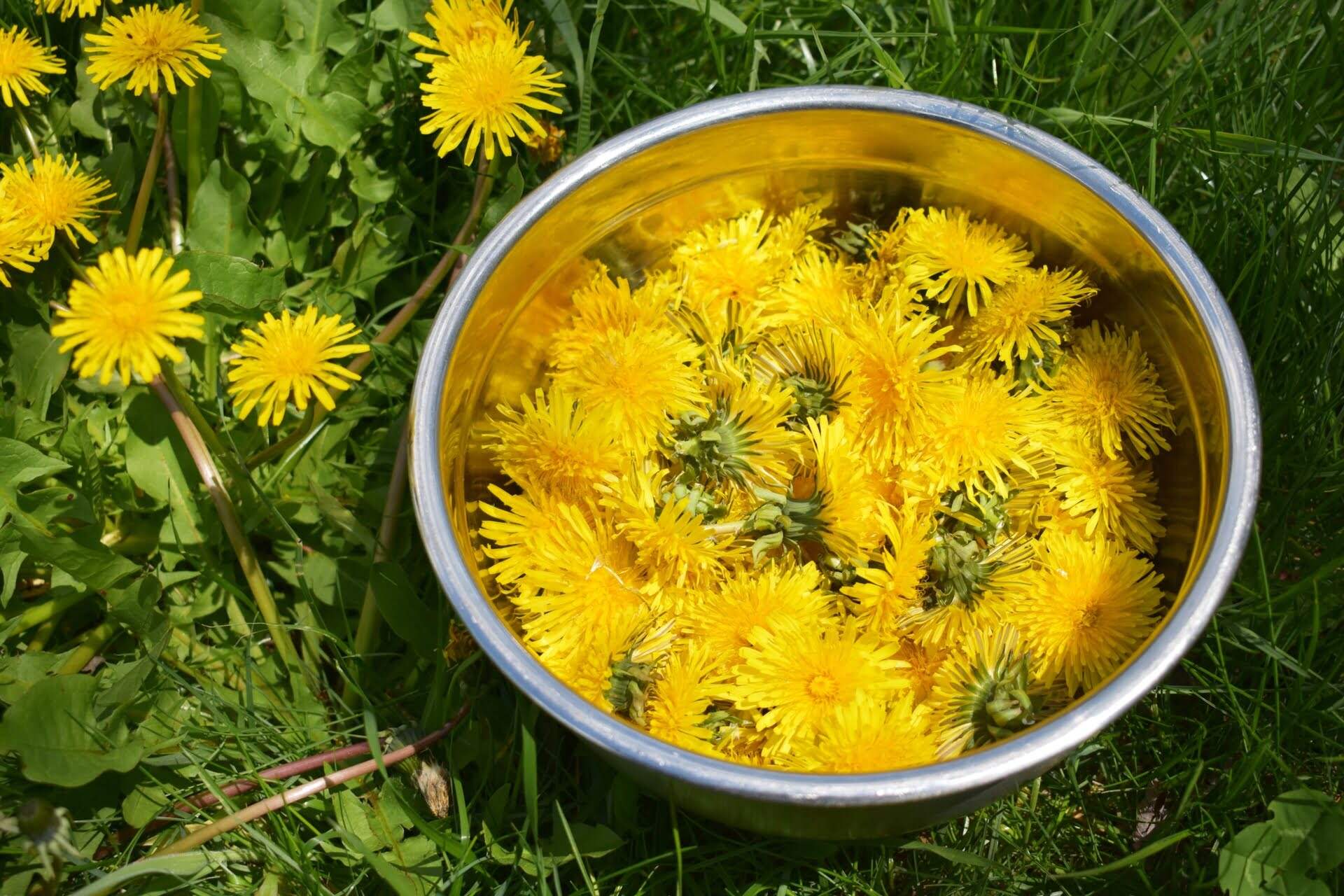
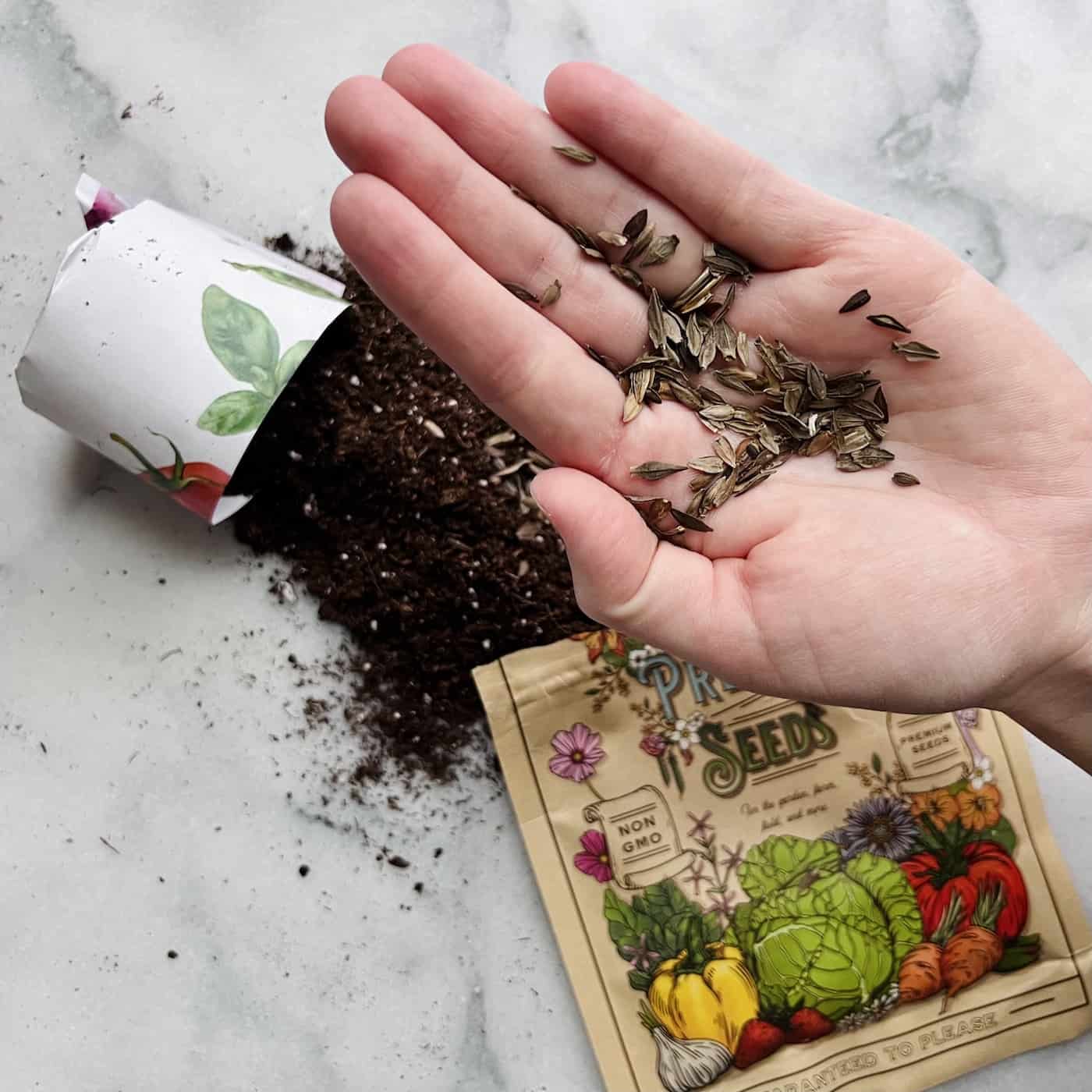

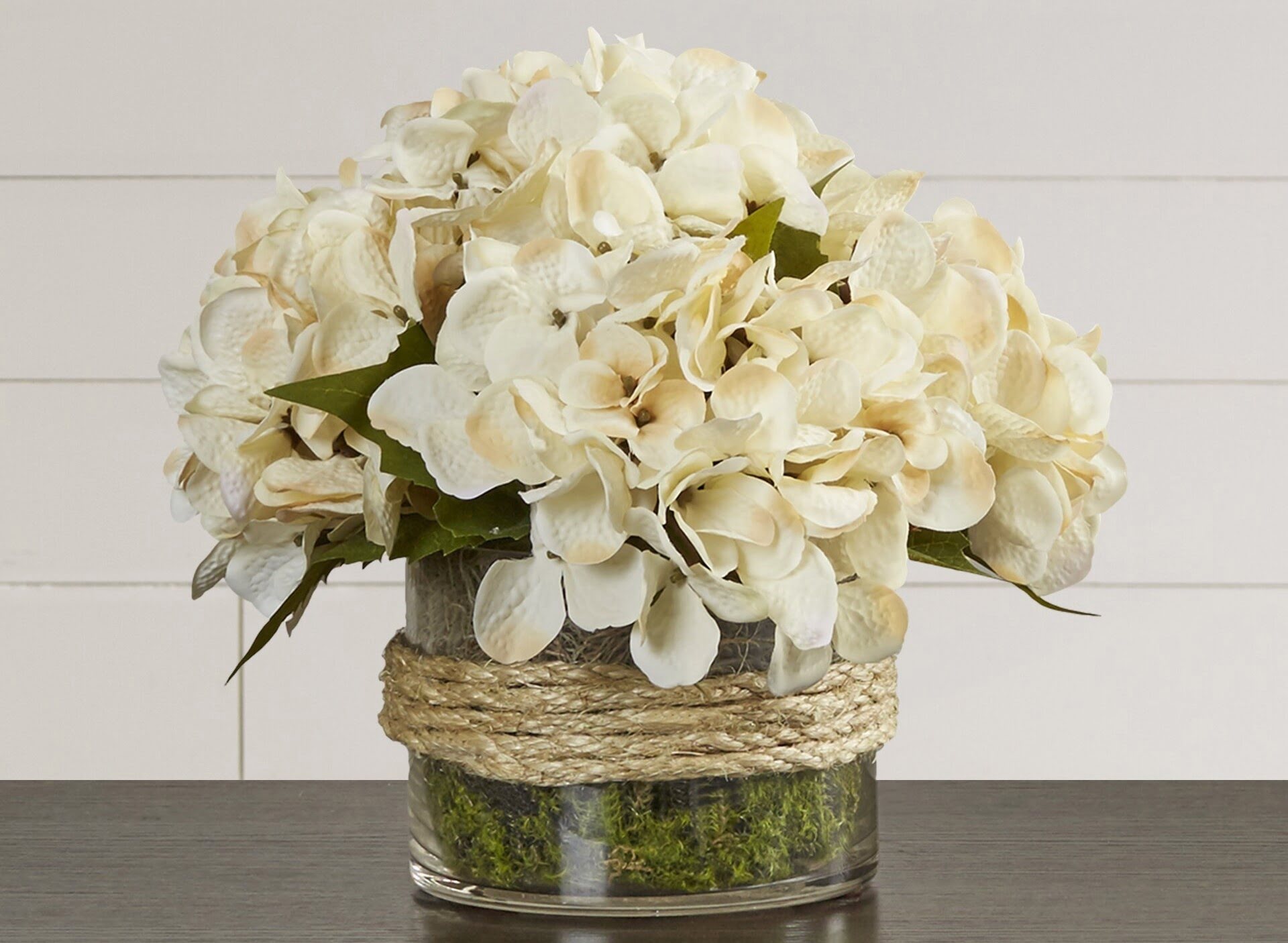
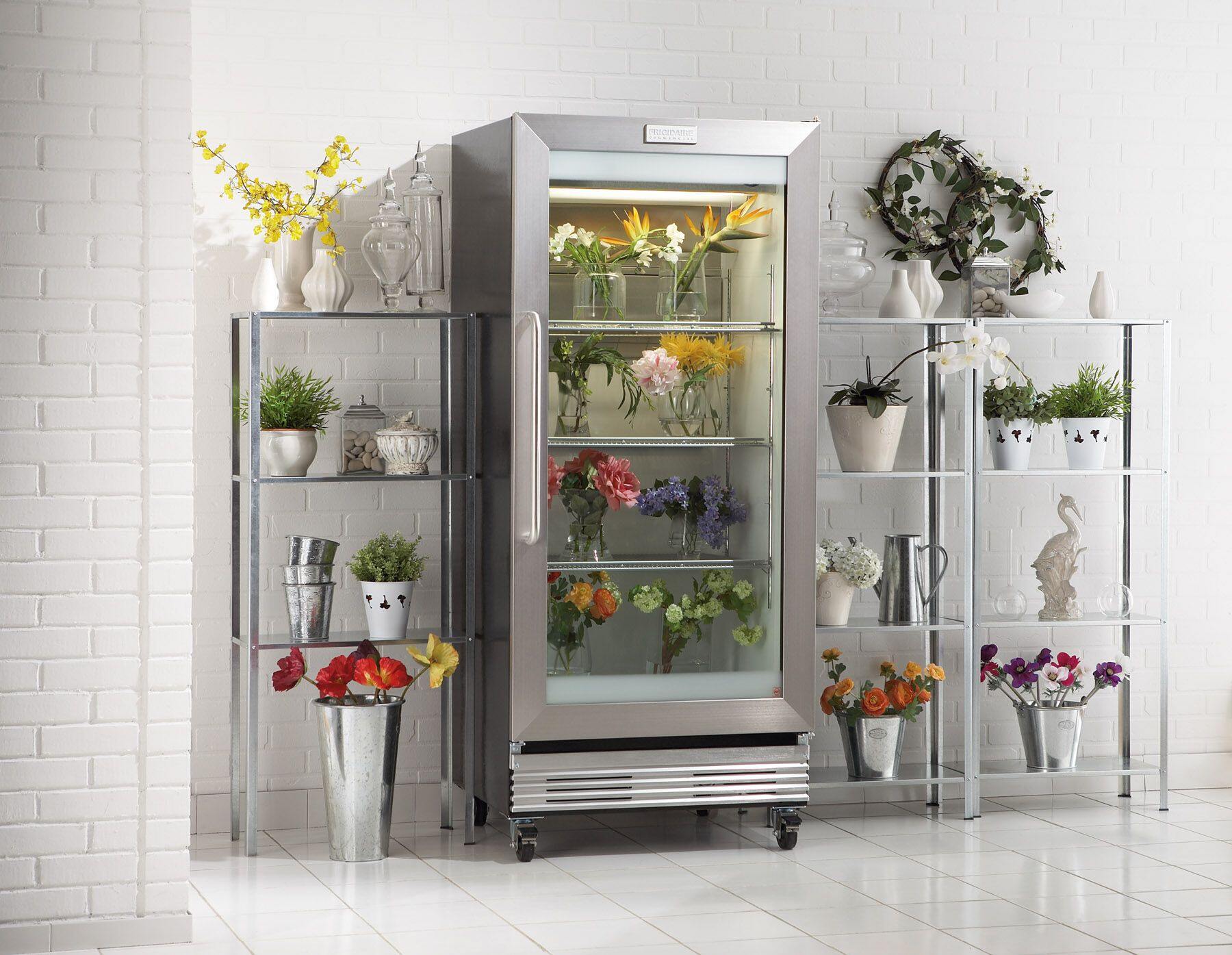
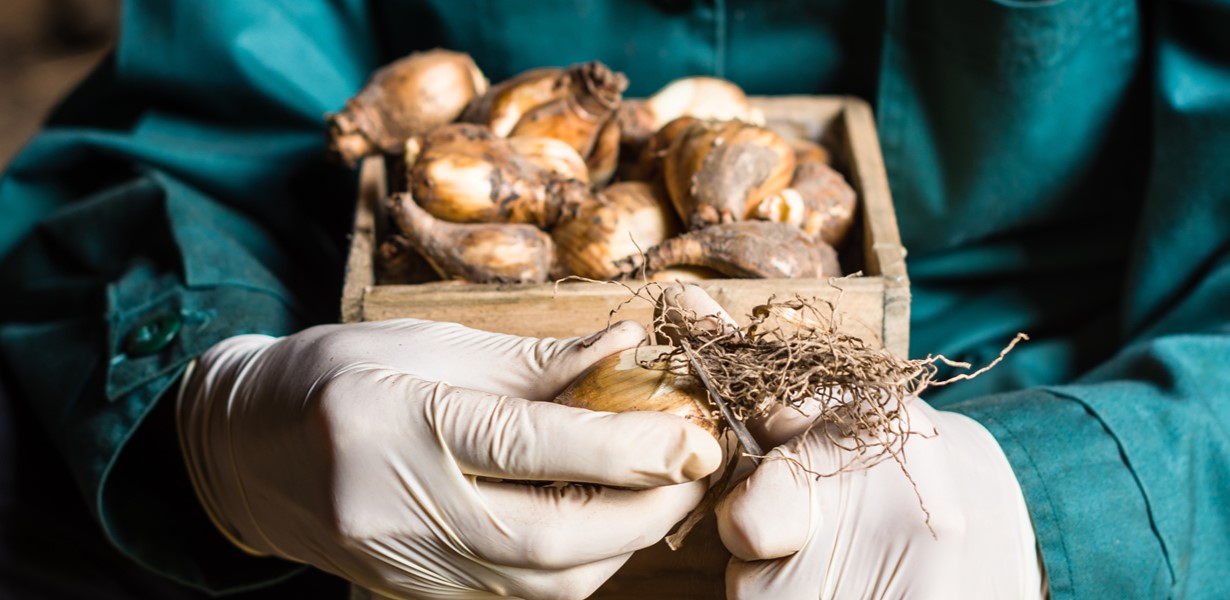

0 thoughts on “How To Organize A Flower Garden”